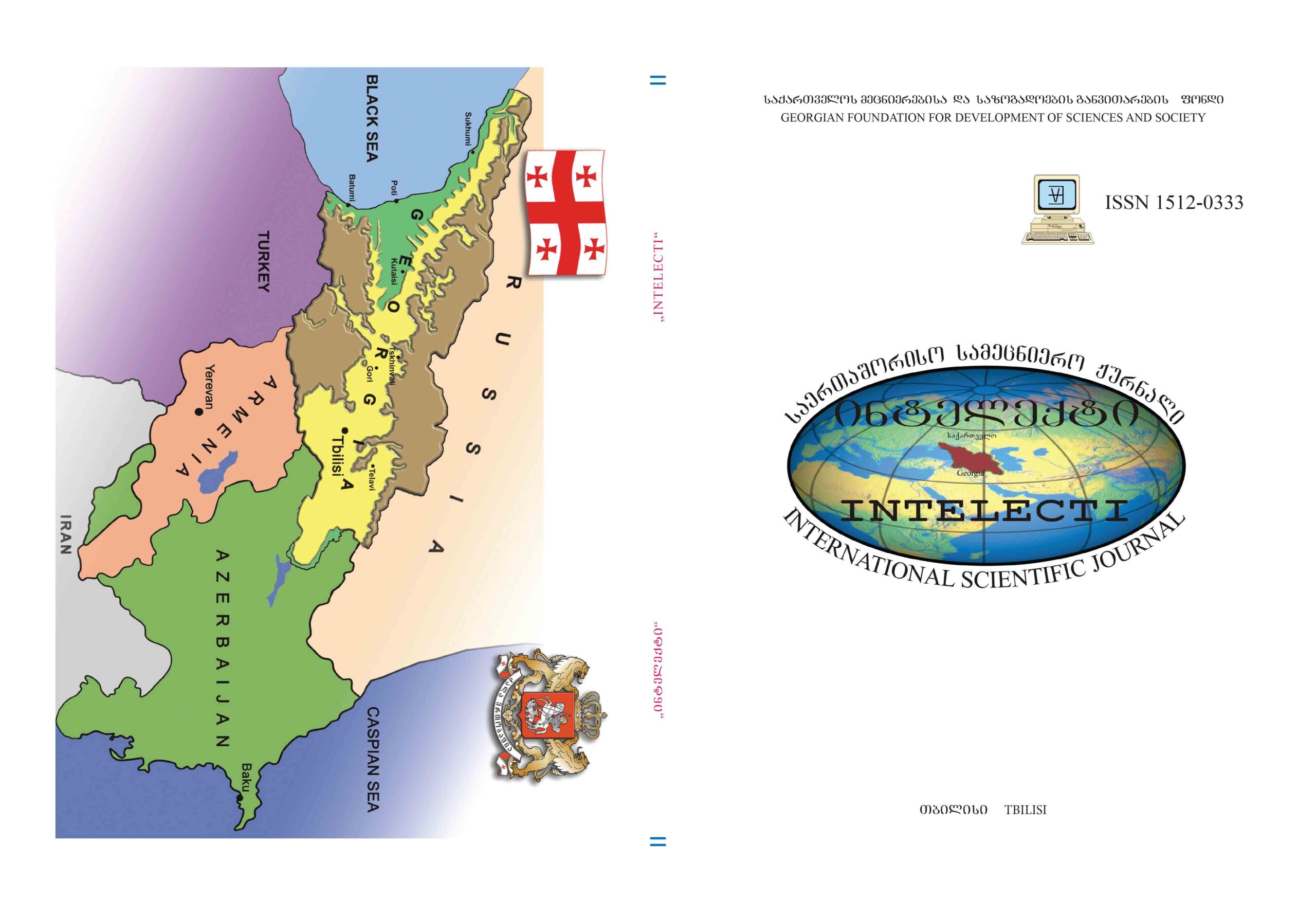Dynamics of Locust Infestations and Integrated Management Strategies in Arid Zones of Eastern Georgia
Main Article Content
Abstract
This article presents a systematic study of locust ecology and integrated management strategies in the arid zones of
Eastern Georgia from 2011 to 2023. Based on long-term monitoring, two economically important species were identified
Calliptamus italicus and Dociostaurus maroccanus, with the Italian locust (C. italicus) emerging as the most widespread and
damaging, particularly in Dedoplistskaro, Sagarejo, and Gardabani districts. The research involved large-scale annual field
monitoring (35,000–40,000 ha per year), standardized sampling (quadrant and transect-based counts), GIS-based hotspot
mapping, and environmental correlation analysis using NDVI and meteorological data. Control measures included both chemical
treatments (Deltamethrin, Chlorpyrifos) and biological control with Metarhizium acridum, which was applied over 300–500 ha
in pilot trials and showed 74–98% mortality with minimal environmental impact. Statistical analysis revealed significant inter
annual variation in infestation levels (p < 0.05), driven by climate conditions and shifts in species composition. The Integrated
Locust Management program, incorporating early detection, geospatial analysis, and targeted intervention, substantially reduced
crop damage and enhanced food security. The findings confirm that effective locust control in vulnerable regions like arid
Eastern Georgia requires long-term, integrated strategies combining technological, chemical, and biological tools under
coordinated national and regional frameworks.
